4-(2-Aminoethyl)benzenesulfonylfluoride hydrochloride
Synonym(s):AEBSF;4-(2-Aminoethyl)benzenesulfonyl fluoride hydrochloride;4-(2-Aminoethyl)benzenesulfonylfluoride, HCl, 4-(2-Aminoethyl)benzene-1-sulfonyl fluoride, HCl;4-(2-Aminoethyl)benzenesulfonylfluoride, HCl, 4-(2-Aminoethyl)benzene-1-sulfonylfluoride, HCl, AEBSF, HCl InSolution;(4-(2-aminoetyl)-benzenesulfonyl fluoride hydrochloride)
- CAS NO.:30827-99-7
- Empirical Formula: C8H11ClFNO2S
- Molecular Weight: 239.69
- MDL number: MFCD00132962
- EINECS: 608-547-2
- SAFETY DATA SHEET (SDS)
- Update Date: 2024-11-19 23:02:33
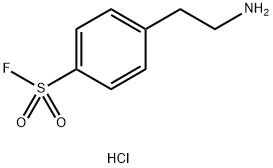
What is 4-(2-Aminoethyl)benzenesulfonylfluoride hydrochloride?
Description
AEBSF is a water soluble, irreversible, broad spectrum inhibitor of serine proteases, including trypsin, chymotrypsin, plasmin, thrombin, and kallikreins. AEBSF can also prevent the activation of the ROS generator, NADPH oxidase. At 10-50 μg, AEBSF can attenuate airway inflammation in a mouse model of airway allergy. AEBSF maintains stability in slightly acidic aqueous solutions and serves as a nontoxic alternative to the organophosphate inhibitors, PMSF and DFP.
Chemical properties
white powder
The Uses of 4-(2-Aminoethyl)benzenesulfonylfluoride hydrochloride
AEBSF is extensively used in studies aiming to describe cholesterol regulatory genes due to its potent ability to inhibit Site-1-protease (S1P). This serine protease, located in the Golgi apparatus, is responsible for activating the sterol regulatory element-binding proteins. By selectively inhibiting S1P, AEBSF can be used to characterize the downstream result of SREBP inhibition and its influence on cholesterol regulation.
The Uses of 4-(2-Aminoethyl)benzenesulfonylfluoride hydrochloride
Recommended concentrations for use are 0.1-1 mM.
What are the applications of Application
AEBSF hydrochloride is a broad spectrum, water soluble, irreversible serine protease inhibitor, TGF beta inhibitor, JNK activator, and p38 Map activator.
General Description
Pefabloc? SC is a trypsin inhibitor, which can be used in the synthesis of its arginine-like analogue, 4-(2-guanidinoethyl)benzenesulfonyl fluoride.
Biochem/physiol Actions
Irreversible serine protease inhibitor. Inhibition constants are similar to those of PMSF and DFP. AEBSF has been shown to inhibit trypsin, chymotrypsin, plasmin kallikrein and thrombin. As an alternative to PMSF and DFP, AEBSF offers lower toxicity, improved solubility in water and improved stability in aqueous solutions. AEBSF has been used in cell culture in concentrations of up to 0.25?mM.
storage
Store at -20°C
References
1) Powers?et al. (2002),?Irreversible inhibitors of serine, cysteine and threonine proteases; Chem. Rev.,?102?4639 2) Diatchuk?et al.?(1997),?Inhibition of NADPH oxidase activation by 4-(2-aminoethyl)-benzenesulfonyl fluoride and related compounds; J. Biol. Chem.,?272?13292
Properties of 4-(2-Aminoethyl)benzenesulfonylfluoride hydrochloride
| Melting point: | 175-177 °C |
| storage temp. | 2-8°C |
| solubility | H2O: soluble50mg/mL (stable for up to six months if stored refrigerated at a pH of less than 7. If a pH of greater than 7 is required, pH adjustment should be made just prior to use.) |
| form | Powder |
| color | White |
| PH | pH3.0~5.0 (10g/L, 25℃) |
| Water Solubility | 10 g/L (20 ºC) |
| Sensitive | Moisture Sensitive |
| BRN | 7604627 |
| Stability: | Stable for 1 year from date of purchase as supplied. Solutions at pH <7 are stable for up to 6 months if stored in the refrigerator |
| CAS DataBase Reference | 30827-99-7(CAS DataBase Reference) |
Safety information for 4-(2-Aminoethyl)benzenesulfonylfluoride hydrochloride
| Signal word | Warning |
| Pictogram(s) |
 Exclamation Mark Irritant GHS07 |
| GHS Hazard Statements |
H315:Skin corrosion/irritation H319:Serious eye damage/eye irritation |
| Precautionary Statement Codes |
P264:Wash hands thoroughly after handling. P264:Wash skin thouroughly after handling. P280:Wear protective gloves/protective clothing/eye protection/face protection. P302+P352:IF ON SKIN: wash with plenty of soap and water. P305+P351+P338:IF IN EYES: Rinse cautiously with water for several minutes. Remove contact lenses, if present and easy to do. Continuerinsing. P332+P313:IF SKIN irritation occurs: Get medical advice/attention. P337+P313:IF eye irritation persists: Get medical advice/attention. |
Computed Descriptors for 4-(2-Aminoethyl)benzenesulfonylfluoride hydrochloride
| InChIKey | WRDABNWSWOHGMS-UHFFFAOYSA-N |
New Products
Tert-butyl bis(2-chloroethyl)carbamate (S)-3-Aminobutanenitrile hydrochloride N-Boc-D-alaninol N-BOC-D/L-ALANINOL N-octanoyl benzotriazole 4-Hydrazinobenzoic acid 3,4-Dibenzyloxybenzaldehyde 1,1’-CARBONYLDIIMIDAZOLE R-2-BENZYLOXY PROPIONIC ACID 1,1’-CARBONYLDI (1,2-4 TRIAZOLE) 4-HYDROXY BENZYL ALCOHOL 3-NITRO-2-METHYL ANILINE (2-Hydroxyphenyl)acetonitrile 4-Bromopyrazole 5-BROMO-2CYANO PYRIDINE 5,6-Dimethoxyindanone 5-broMo-2-chloro-N-cyclopentylpyriMidin-4-aMine 4-methoxy-3,5-dinitropyridine 2-(Cyanocyclohexyl)acetic acid 2-aminopropyl benzoate hydrochloride 1-(4-(aminomethyl)benzyl)urea hydrochloride tert-butyl 4- (ureidomethyl)benzylcarbamate diethyl 2-(2-((tertbutoxycarbonyl)amino) ethyl)malonate Ethyl-2-chloro((4-methoxyphenyl)hydrazono)acetateRelated products of tetrahydrofuran
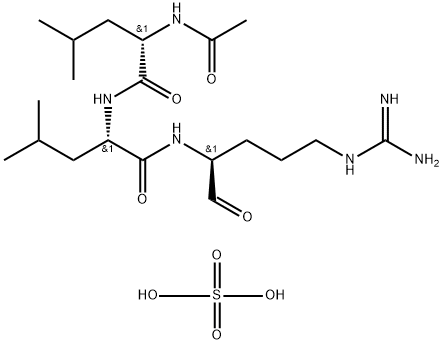

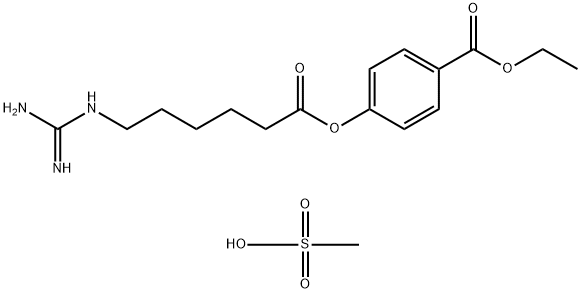
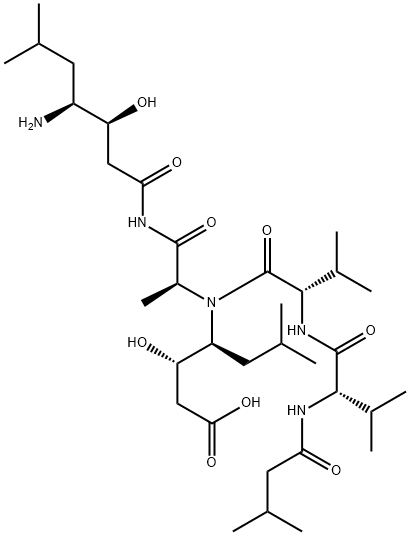
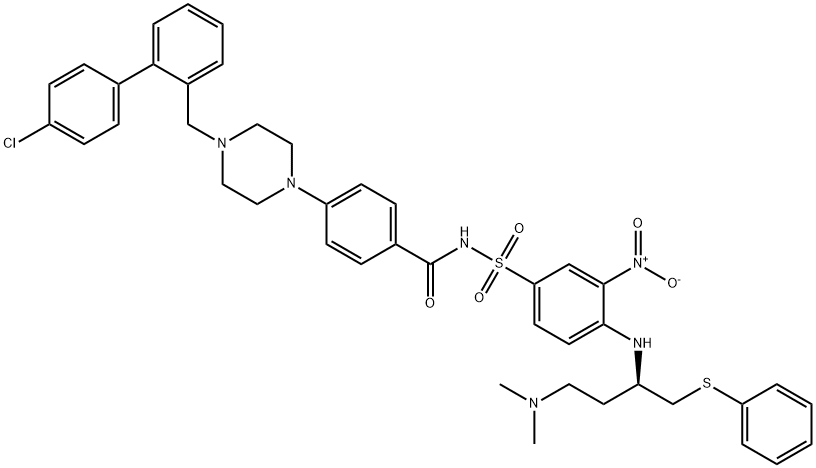
![4-ThiazolecarboxaMide, N-(6-benzoyl-1H-benziMidazol-2-yl)-2-(1-thieno[3,2-d]pyriMidin-4-yl-4-piperidinyl)-](https://img.chemicalbook.in/CAS/GIF/913822-46-5.gif)
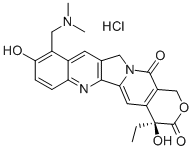
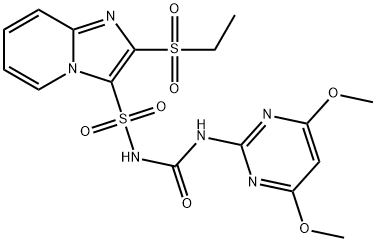
You may like
-
![4-(2-Aminoethyl)benzenesulfonyl Fluoride Hydrochloride [for Biochemical Research] CAS 30827-99-7](https://img.chemicalbook.in//Content/image/CP5.jpg) 4-(2-Aminoethyl)benzenesulfonyl Fluoride Hydrochloride [for Biochemical Research] CAS 30827-99-7View Details
4-(2-Aminoethyl)benzenesulfonyl Fluoride Hydrochloride [for Biochemical Research] CAS 30827-99-7View Details
30827-99-7 -
 AEBSF Hydrochloride extrapure AR CAS 30827-99-7View Details
AEBSF Hydrochloride extrapure AR CAS 30827-99-7View Details
30827-99-7 -
 AEBSF hydrochloride, 98% CAS 30827-99-7View Details
AEBSF hydrochloride, 98% CAS 30827-99-7View Details
30827-99-7 -
 Pefabloc® SC PLUS CASView Details
Pefabloc® SC PLUS CASView Details -
 AEBSF, Hydrochloride CAS 30827-99-7View Details
AEBSF, Hydrochloride CAS 30827-99-7View Details
30827-99-7 -
 Pefabloc® SC (4-(2-Aminoethyl)-benzolsulfonylfluorid-hydrochloride) CAS 30827-99-7View Details
Pefabloc® SC (4-(2-Aminoethyl)-benzolsulfonylfluorid-hydrochloride) CAS 30827-99-7View Details
30827-99-7 -
 N-Vinylformamide 99%View Details
N-Vinylformamide 99%View Details
13162-05-5 -
 2-ETHYLPYRIDINE 100-71-0 99%View Details
2-ETHYLPYRIDINE 100-71-0 99%View Details
100-71-0